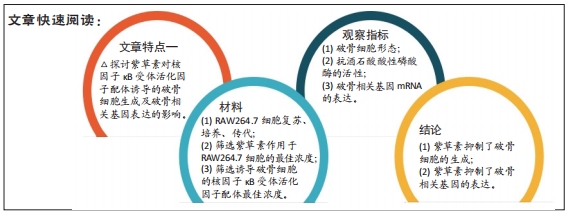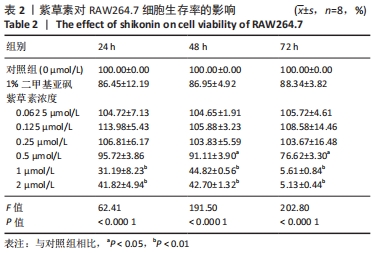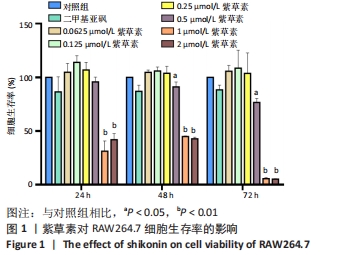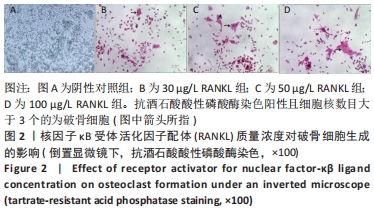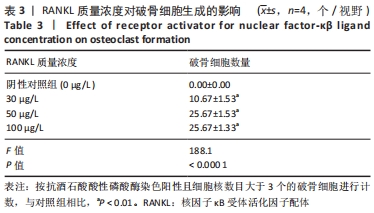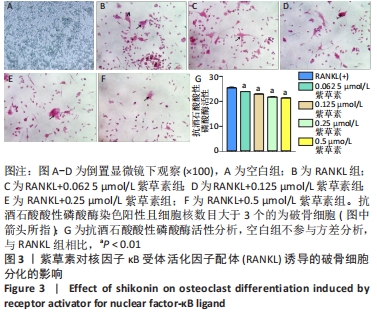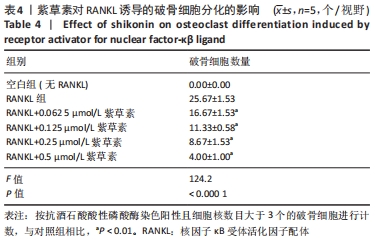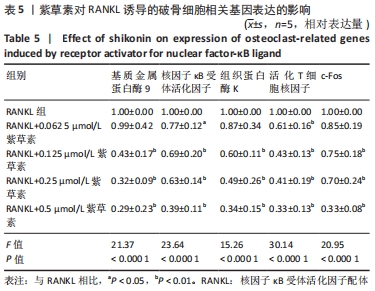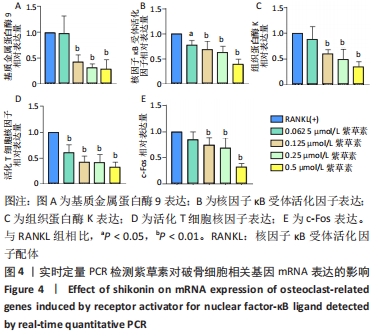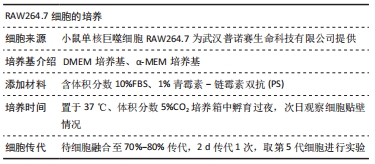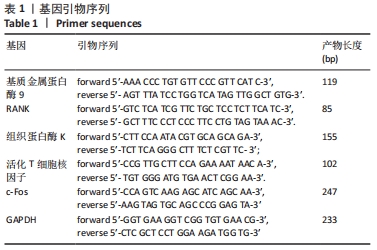[1] KATO T, FUJIWARA N, KURAJI R, et al. Relationship between periodontal parameters and non-vital pulp in dental clinic patients: a cross-sectional study. BMC Oral Health. 2020;20(1):109-118.
[2] SANZ M, MARCO DEL CASTILLO A, JEPSEN S, et al. Periodontitis and cardiovascular diseases: Consensus report. J Clin Periodontol. 2020; 47(3):268-288.
[3] 田军.替硝唑联合牙周基础治疗对重度牙周炎的疗效观察[J].北方药学,2020,17(6):48-49.
[4] PERAYIL J, MENON KS, BISWAS R, et al. Comparison of the efficacy of subgingival irrigation with 2% povidone-iodine and tetracycline HCl in subjects with chronic moderate periodontitis: A clinico microbiological study.Dent ResJ (Isfahan). 2016;13(2):98-109.
[5] 吴晓栩,李德泳.大环内酯类抗生素联合牙周基础治疗对侵袭性牙周炎临床观察[J].慢性病学杂志,2015,16(2):213-214.
[6] 李伶俐, 李潇. 黄芩苷预防和治疗牙周炎研究进展[J]. 亚太传统医药,2020,16(1):200-203.
[7] 成思源.中西医结合治疗牙周炎的研究进展[J]. 医疗装备,2021, 34(14):187-188.
[8] VISAGIE A, KASONGA A, DEEPAK V, et al. Commercial Honeybush Tea Extract Inhibits Osteoclast Formation and Bone Resorption in RAW264.7 Murine Macrophages-An in vitro Study. Int J Environ Res Public Health. 2015;12(11):13779-13793.
[9] ZHOU L, HUANG Y, ZHAO J, et al. Oridonin promotes osteogenesis through Wnt/β-catenin pathway and inhibits RANKL-induced osteoclastogenesis in vitro. Life Sci. 2020;26(2):118-123.
[10] FAN C, ZHANG XF, UPTON Z. Anti-inflammatory effects of shikonin in human periodontal ligament cells. Pharm Biol. 2018;56(1):415-421.
[11] ZHANG Y, HAN H, QIU H, et al. Antiviral activity of a synthesized shikonin ester against influenza A (H1N1) virus and insights into its mechanism. Biomed Pharmacother. 2017;93(21):636-645.
[12] GUO C, HE J, SONG X, et al. Pharmacological properties and derivatives ofshikonin-A review in recent years. Pharmacol Res. 2019;149(18): 1044-1063.
[13] 李晓瑾,谭秀芳,马媛,等.药用植物紫草的研究进展[J].新疆师范大学学报,2005,24(4):69-74.
[14] SHINDO S, HOSOKAWA Y, HOSOKAWA I, et al. Shikonin Inhibits Inflammatory Cytokine Production cin Human Periodontal Ligament Cells. Inflammation. 2016;39(3):1124-1129.
[15] CORRÊA MG, PIRES PR, RIBEIRO FV, et al. Systemic treatment with resveratrol reduces the progression of experimental periodontitis and arthritis in rats. PLoS One. 2018;13(10):e0204414.
[16] ALMEIDA JM, MATHEUS HR, FIORIN LG, et al. Influence of immunosuppression on the progression of experimental periodontitis and on healthy periodontal tissue: A rat in vivo study. Dent Res Dent Clin Dent Prospects. 2021;15(2):94-99.
[17] COLLIN-OSDOBY P, OSDOBY P. RANKL-mediated osteoclast formation from murine RAW 264.7 cells. Methods Mol Biol. 2012;16(8):187-202.
[18] KONG L, WANG B, YANG X, et al. Integrin-associated molecules and signalling cross talking in osteoclast cytoskeleton regulation. Cell Mol Med. 2020;24(6):3271-3281.
[19] REINKE DC, KOGAWA M, BARRATT KR, et al. Evidence for altered osteoclastogenesis in splenocyte cultures from Cyp27b1 knockout mice. Steroid Biochem Mol Biol. 2016;16(4):353-360.
[20] GUO T, ZHANG LQ, KONERMANN A, et al. Manganese superoxide dismutase is required to maintain osteoclast differentiation and function under static force. Sci Rep-Uk. 2015;5(8):89-108.
[21] MENG J, ZHOU C, ZHANG W, et al. Stachydrine prevents LPS-induced bone loss by inhibiting osteoclastogenesis via NF-kappaB and Akt signalling. Cell Mol Med. 2019;23(10):6730-6743.
[22] KONG L, SMITH W, HAO D. Overview of RAW264.7 for osteoclastogensis study: Phenotype and stimuli. Cell Mol Med. 2019;23(5):3077-3087.
[23] MASHALKAR VN, SURAGIMATH G, ZOPE SA, et al. A Cross-Sectional Study to Assess and Correlate Osteoporosis and Periodontitis among Postmenopausal Women: A Dual Energy X-Ray Absorptiometry Study. J Midlife Health. 2018;9(1):2-7.
[24] HAYMAN AR. Tartrate-resistant acid phosphatase (TRAP) and the osteoclast/immune cell dichotomy. Autoimmunity. 2008;41(3):218-233.
[25] KIM Y, KIM J, LEE H, et al. Tetracycline Analogs Inhibit Osteoclast Differentiation by Suppressing MMP-9-Mediated Histone H3 Cleavage. Int J Mol Sci. 2019;20(16):4038.
[26] 宋倩,李玉坤.组织蛋白酶K与骨质疏松症治疗的研究进展[J].中国慢性病预防与控制,2014,22(4):498-501.
[27] KITAZAWA R, HARAGUCHI R, KOHARA Y, et al. RANK- NFATc1 signaling forms positive feedback loop on rank gene expression via functional NFATc1 responsive element in rank gene promoter. Biochem Biophys Res Commun. 2021;57(2):86-91.
[28] KIM JH, KIM M, JUNG HS, et al. Leonurus sibiricus L.ethanol extract promotes osteoblast differentiation and inhibits osteoclast formation. Int J Mol Med. 2019;44(3):913-926.
[29] ZENG XZ, HE LG, WANG S, et al. Aconine inhibits RANKL-induced osteoclast differentiation in RAW264.7 cells by suppressing NF-kappaB and NFATc1 activation and DC-STAMP expression. Acta Pharmacol Sin. 2016;37(2):255-263.
[30] 谢冰洁, 冯捷, 韩向龙. 破骨细胞生物学特征的研究与进展[J]. 中国组织工程研究,2017,21(11):1770-1775.
[31] 袁曦玉,从兆霞,吴泽钰,等.新疆软紫草粗提物对口腔主要致龋菌体外作用的研究[J].时珍国医国药,2020,31(3):552-555.
|
